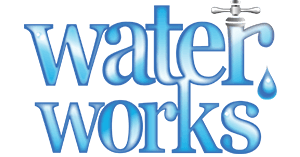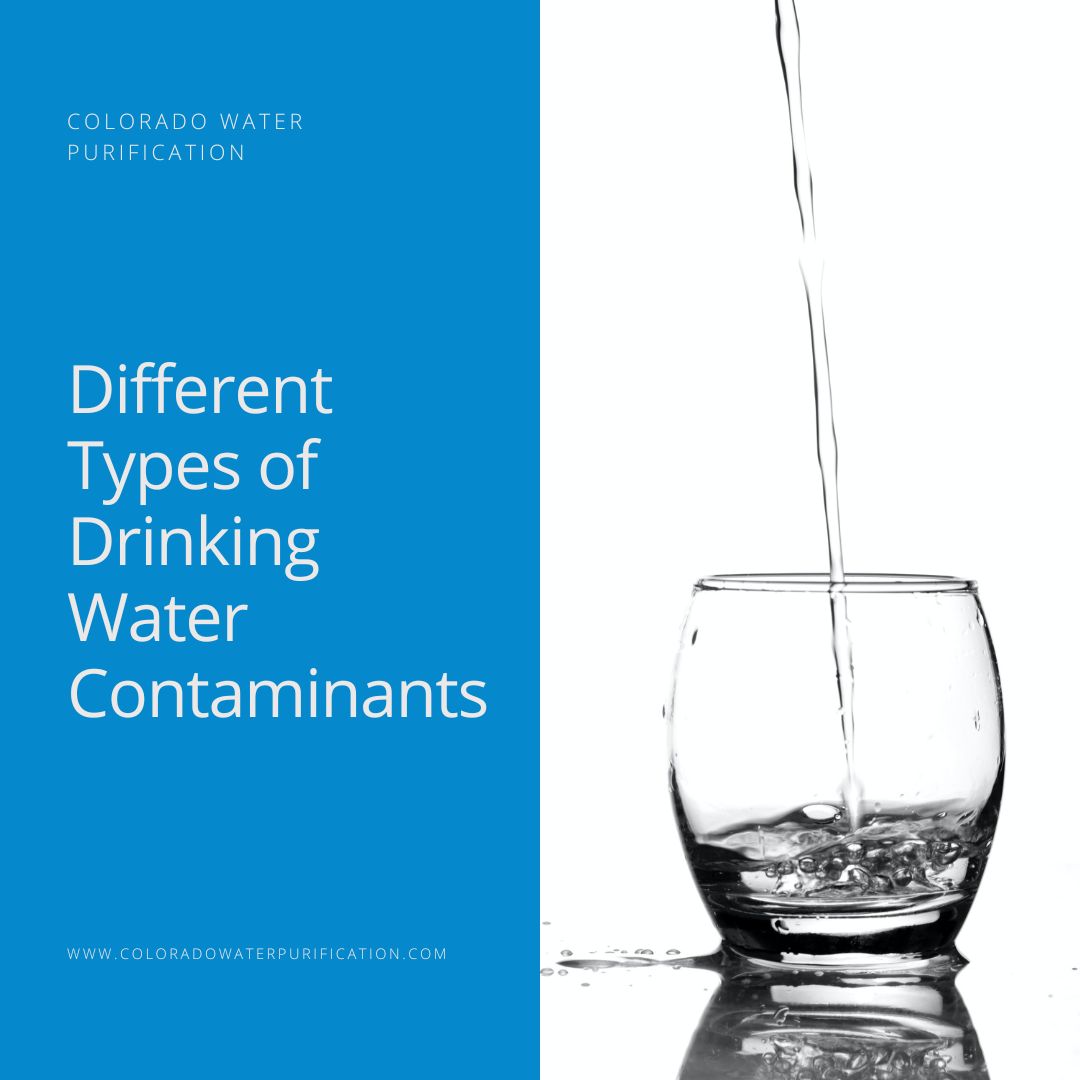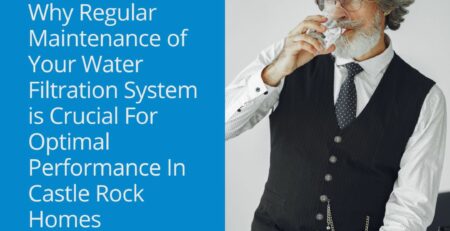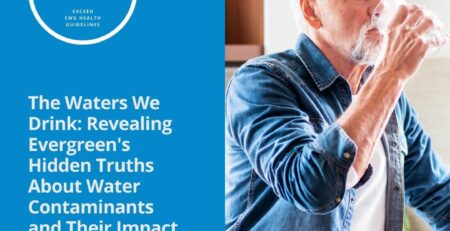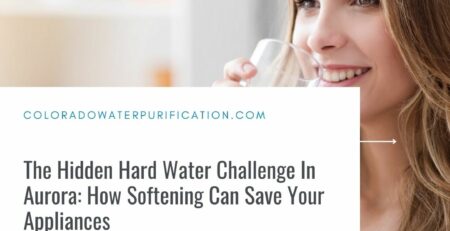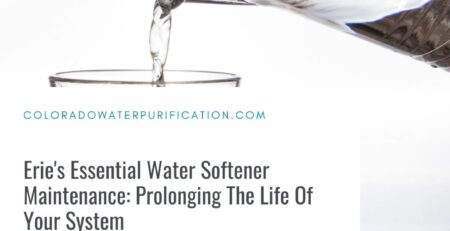Different Types of Drinking Water Contaminants
It’s no secret that our water supply isn’t as clean as it could be. There are all sorts of contaminants floating around in our drinking water, and unfortunately, they can have some pretty serious implications for our health. In this blog post, we’re going to take a look at some of the most common types of drinking water contaminants and what you can do to protect yourself from them. Stay safe out there!
There are many different types of contaminants that can be found in drinking water.
Contaminated drinking water can be a major issue and lead to serious health concerns if not addressed. From chemicals like arsenic, fluoride, lead and nitrates, to pollutants like bacterial contamination, pesticides and fertilizers, there are many sources of contamination that can affect the quality of drinking water. If you’re concerned about having contaminants in your water supply, you should contact your local government or water agency to see what measures they can put in place to protect your health by improving the standards of testing and monitoring the different types of contaminants that may be present.
Some of these contaminants come from natural sources, while others come from human activity.
Water is essential for our survival, but it can sometimes be contaminated by pollutants. Fortunately, a lot of progress has been made in recent years to reduce the amounts of man-made pollutants found in water, like industrial effluents and agricultural run-off. However, even with all these efforts there are still many contaminants that find their way into our water supply. Some of these contaminants come from natural sources such as volcanic activity or microbial organisms, while others come from human activities such as manufacturing and farming practices. In any case, we need to stay vigilant and act quickly if we want to keep our drinking water safe and clean for generations to come.
The most common type of contaminant is bacteria, which can cause illness if ingested.
Bacteria is everywhere and its presence in food items can make you seriously ill. It’s the most common type of contaminant found in spoiled food, and unfortunately, it’s very difficult to tell when a product is contaminated with bacteria simply by looking at it. The only way to avoid getting sick from bacteria-tainted food is by eating fresh items properly marked with expiration dates or by avoiding certain foods entirely. It might seem inconvenient, but taking even these small precautions can keep you healthy and safe.
Other common contaminants include viruses, minerals, and chemicals.
People often don’t think about what could be lurking in their drinking water, but the reality is that behind clear and seemingly pure H2O there may be lurking a whole range of dangerous contaminants. Most people know the more commonly talked about ones, such as bacteria and parasites, but they may not be aware of other threats to water quality like viruses, minerals, and chemicals. In most cases these impurities occur naturally in our environment, but sometimes they can be released through human activities or industrial operations – meaning we can’t always be sure whether our water is safe to consume.
It is important to know what types of contaminants are in your drinking water so you can take steps to remove them.
Keeping your drinking water safe and healthy should always be a top priority. The only way to ensure safety is by analyzing the type of contaminants that are present in the water. With this knowledge, you can then assess what steps you need to take to remove them. You can invest in a filtration system, consult with an expert for advice on what kind of filter works best for your needs, or even analyze your local public water supply information. Taking these steps will help give you peace of mind and make sure your health isn’t impacted by any hazardous materials that could have been present in the water you consume.
There are a variety of ways to filter or purify your drinking water to make sure it is safe to consume.
With so many possible contaminants such as heavy metals, bacteria and insecticides in our groundwater, it is essential to make sure that the water we drink is safe. Fortunately, there are plenty of ways take prevent this from happening! Water filtration systems are becoming increasingly popular for home use — ranging from pitcher filters with activated charcoal for simple filtration up to reverse osmosis systems and whole-house filtration systems. Boiling water can help remove some contaminants but may leave other dangerous toxins such as arsenic untouched. For a long term solution, a distillation system can help remove almost all impurities from your water. No matter which type of system you choose, you can now feel at ease knowing your drinking water is safe.
There are many different types of contaminants that can be found in drinking water. Some of these contaminants come from natural sources, while others come from human activity. The most common type of contaminant is bacteria, which can cause illness if ingested. Other common contaminants include viruses, minerals, and chemicals. It is important to know what types of contaminants are in your drinking water so you can take steps to remove them. There are a variety of ways to filter or purify your drinking water to make sure it is safe to consume. Please contact us here at Colorado Water Purification if you have any questions about water filters or installations – we would be more than happy to help you ensure that your family has access to clean, safe drinking water!
